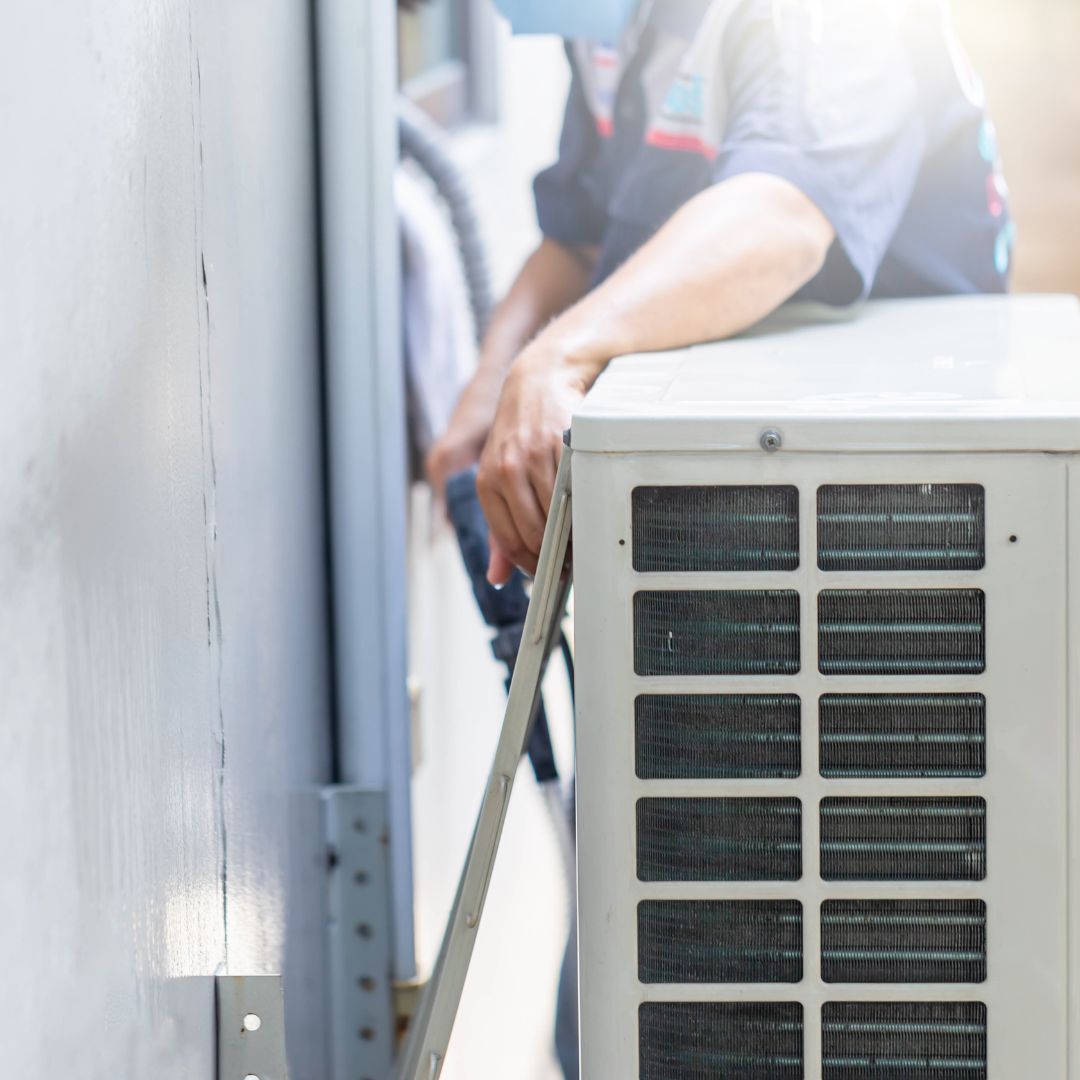Identifying Errors: HVAC Basic Troubleshooting and Solutions
Share
Having an AC unit that isn’t cooling properly can be extremely frustrating, especially during hot summer months. Before calling an HVAC technician, there are basic troubleshooting steps and common solutions that homeowners can attempt themselves to get the system back up and running.

First Steps
- Check Error Codes - Most thermostats will flash an error code that indicates what the issue is if your HVAC isn't working. Search online to decipher the code and potential fixes.
- Check Power Supply - Verify the unit has power by checking if the fans spin when turning system to ‘On’. If not, trip the home’s circuit breaker to reset the electrical connection.
- Check Temp Settings - Make sure the thermostat is set below room temp and turned on. Double check mode is set to ‘Cool’ not ‘Off’.
- Check Condensate Drain Line - The Drain may be clogged, preventing normal operation.
DIY Quick Fixes
There are a few quick fixes to common AC issues that homeowners can attempt without calling a professional. This includes clearing debris, replacing dirty filters, and cleaning components.
- Replace Air Filter - A dirty filter reduces airflow preventing proper cooling. Shut off the power and replace it per the manufacturer's instructions.
- Clean AC Fins & Fan Blades - Use spray cleaner and hose to remove built-up dirt, dust, or grass on exterior fins and visible fan blades.
- Clear Debris From Condenser Unit - Overgrown vegetation, leaves, and dirt around the base should be cleared away from the condenser outside to allow sufficient airflow.
- Straighten Bent Fins - Fins bent out of shape also hamper proper airflow. Use fin comb kit to neatly straighten bent aluminum AC fins.
When To Call A Professional
While the above may get your system temporarily back online, if error codes persist or cooling issues continue, it is best to call an HVAC technician. Continued operation with underlying issues can further damage the unit. A certified tech has specialized tools, testing capabilities, and parts access/knowledge to accurately diagnose issues, provide repair quotes, and schedule timely service.
Common AC Repairs
While every situation differs, there are certain widespread AC malfunctions that typically account for no cold air being produced. A technician from AC repair Halifax can assess and remedy the following common culprits.
- Refrigerant Leaks - Low refrigerant levels prevent proper function. Tech will test for leaks, repair, and recharge the system.
- Electrical Issues - Faulty capacitors, contactors, and wiring require electrician expertise to test and replace malfunctioning components.
- Frozen Evaporator Coil - Indicates low refrigerant levels or defective expansion valve. The coil must thaw before recharging the refrigerant.
- Compressor Failure - The heart of the system. Tech determines if a new compressor is needed or if other connected issues are causing failure.
- Dirty Condenser Coil - Blocked airflow leads to system overheating and failure. Tech cleans dirty condenser coil and clears debris.
Avoiding Breakdowns
Regular AC maintenance goes a long way towards preventing operation issues and breakdowns leading to costly repairs. This includes replacing filters quarterly, annual tune-ups by certified HVAC professionals, and keeping equipment clear of debris and in good working condition. You may be surprised to find that replacing an old component like stainless steel straight ducting with a new one can make a big difference in the efficiency of the HVAC system. Following the manufacturer's suggested maintenance schedules helps maximize lifespan.
Before shelling out money for HVAC repairs, first run through user troubleshooting tips such as checking error codes and power connections, clearing debris, and replacing dirty filters. Quick DIY fixes revive many systems with minimal effort and cost. However if cooling issues persist, trust an HVAC expert to accurately diagnose underlying problems and enact necessary repairs. With proper maintenance and care, your AC unit will provide reliable temperature control for years on end.